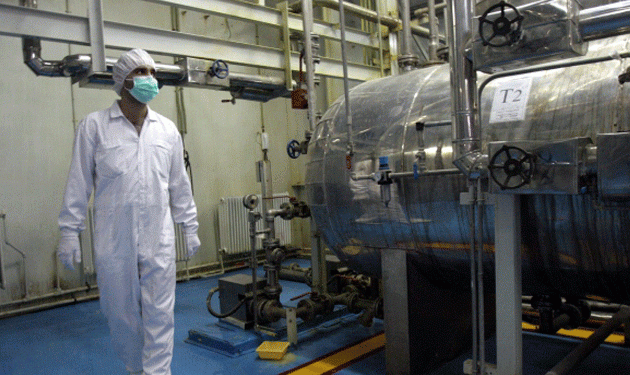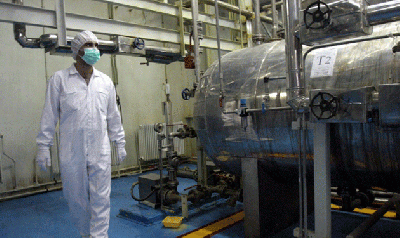According to two quarterly reports from the International Atomic Energy Agency (IAEA) reviewed by Reuters, Iran's stockpile of uranium enriched to a purity of 60%—a level close to that needed for nuclear weapons—continues to grow. There has been no progress in talks with Tehran concerning sensitive issues such as providing explanations for traces of uranium found at two undeclared sites. One of the reports states that "the Director General (of the IAEA) Rafael Grossi regrets the lack of progress in resolving outstanding issues related to safeguards during the reporting period," pointing to Iran's failure to credibly explain the origin of uranium particles found at undeclared locations.
The reports, which were sent to member states of the agency ahead of a quarterly meeting next week of the 35-member Board of Governors, indicated that after limited progress in reinstalling surveillance cameras belonging to the agency during the previous quarter, there has been no further progress since then, heightening tensions with Western powers.
Iran and the IAEA announced an agreement in March to reinstall surveillance cameras that were put in place under a deal with major powers in 2015 but were removed last year at Iran's behest. Only a small number of cameras and other monitoring equipment that the agency wants to install have been set up.
The report highlighted that tensions likely to arise with the West are tied to estimates indicating that Iran's stockpile of uranium enriched to 60% has increased by 7.5 kilograms to 121.6 kilograms, despite a reduction of 6.4 kilograms of this being uranium enriched to lower purities. A senior diplomat noted that Iran's production of uranium enriched to 60% has slowed to about three kilograms per month from a previous average of nearly nine kilograms per month.
Other diplomats suggested that the slowdown may be part of what is described as "de-escalation" efforts between Iran and the United States, which also includes the return of frozen Iranian financial assets abroad and the release of American prisoners held in Iran, although U.S. Secretary of State Antony Blinken has denied any linkage between these issues. A Western diplomat commented, "Of course, Iran says that (the slowdown in 60% enrichment) is positive, but the quantity of high-enriched uranium is still high."
Currently, Iran's stockpile of uranium enriched to 60% is about three times an estimated quantity of around 42 kilograms, which the IAEA assesses is theoretically enough—if further enriched—to manufacture a nuclear bomb. However, experts indicated that some uranium would be lost during the process. Iran denies any desire to manufacture nuclear weapons.
The IAEA still has regular access to declared Iranian nuclear facilities and its core nuclear activities under long-standing agreements that predate the 2015 nuclear deal, but the agreement added monitoring to areas such as the production of centrifuge parts and uranium enrichment machines. Even at sites where monitoring equipment has been reinstalled, such as one in Isfahan, the agency cannot access the footage recorded by its cameras, as this was not included in the March agreement negotiated with Iran.
One of the reports revealed this issue on Monday, stating, "The Director General reiterates that, for the agency's cameras, including those installed in Isfahan, to be effective, the agency needs to obtain the data they record."




